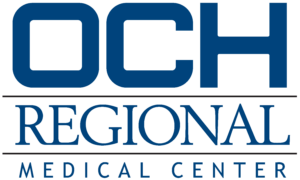It’s 11 p.m. on a Wednesday night and Megan Ballard and Katelin Holloway stop in the cafeteria at OCH Regional Medical Center to pick up popcorn and drinks as part of the National Hospital Week celebrations.
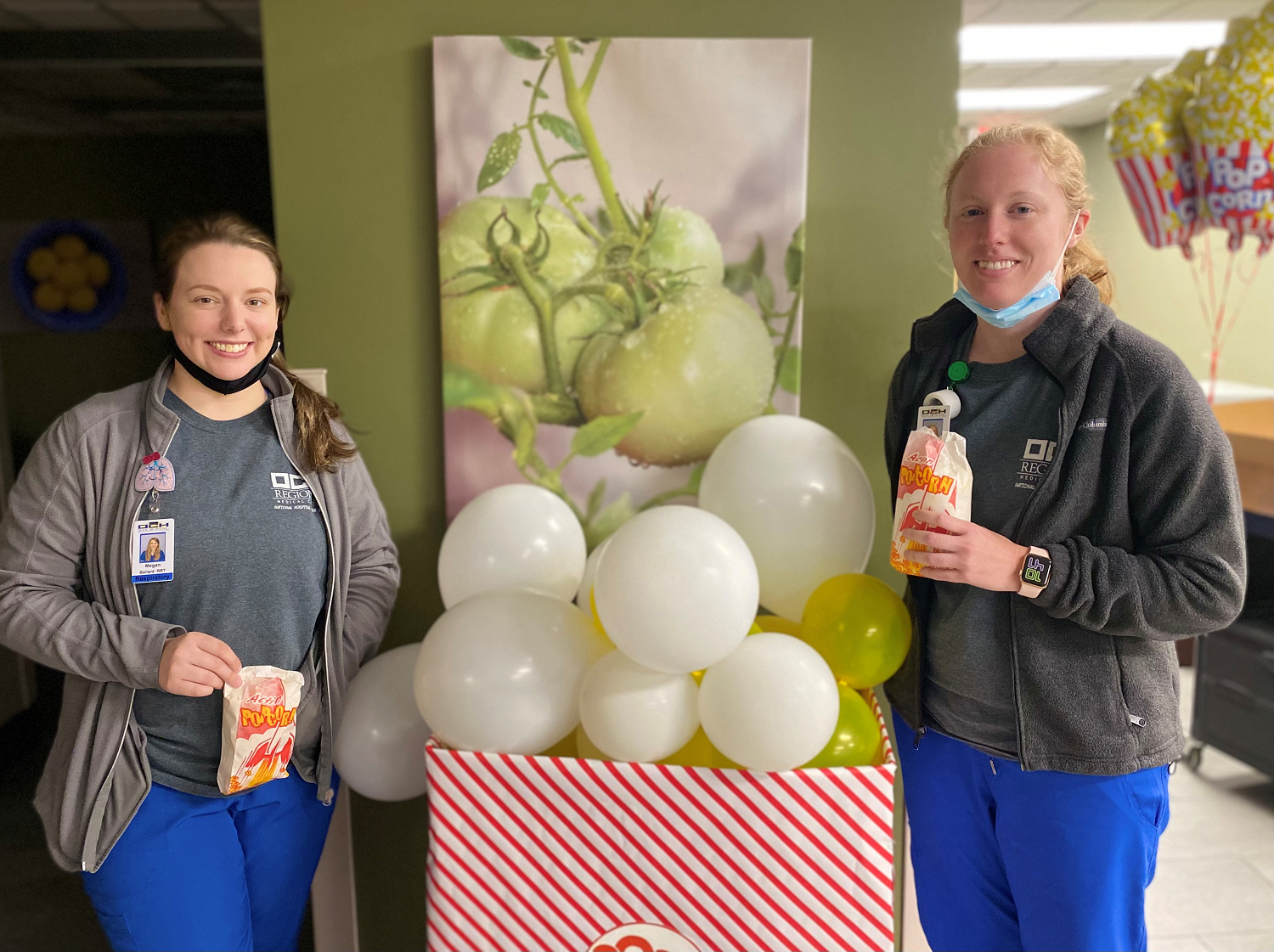
As respiratory therapists, there were nights just a few months ago that they didn’t have time for even a quick break during their 12 hour shifts.
“We’re actually now getting to catch our breath,” said Holloway. “Now, we are kind of getting back to how it was before COVID.”
Fresh out of respiratory therapy school, Ballard joined the team at OCH in April 2020, just when OCH received its first COVID patient. As a new employee, Ballard appreciated the warm welcome from her coworkers.
Holloway, who has seven years of experience as an RT said, “We were just really glad for the help to be honest.”
A global pandemic caused by a respiratory disease makes respiratory therapists even more valuable and hard to come by – the same can be said for nurses.
ICU Registered Nurse Ashleigh Sanders admits the unknowns in the beginning were scary, especially coming home after work to her four-year-old son and six-month-old daughter, but she never considered quitting.
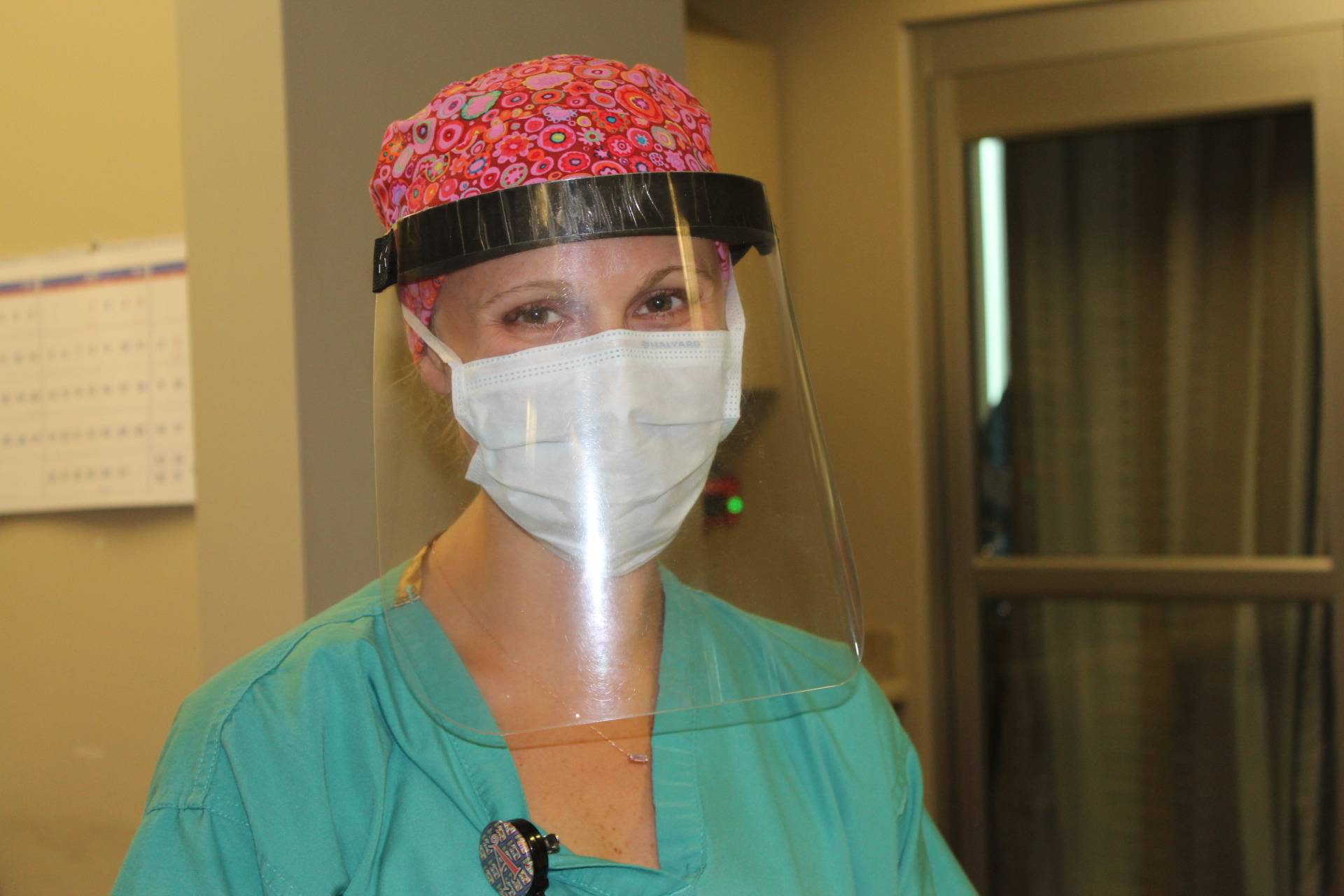
“This is my calling in life. I was there to save lives,” said Sanders. “We had to fight for our patients. We had to be their rock - especially when their family couldn’t come see them. We had some patients for weeks, and I treated them as though they were my mother or father, even more so than I had ever done before.”
And like most healthcare professionals – clinical or nonclinical – will tell you, Sanders said the experience changed her. Tanya McGee, who has been an RN in the ICU for 21 years, agreed.
“There’s no way any of us will ever be the same. We saw patients come in and decline rapidly within a few days, even though we know we did absolutely everything humanly possible to save their lives. We lost a lot of wars,” said McGee.
She refers to each patient’s fight as a “war,” not a battle; because for her, each one was just as important as the other.
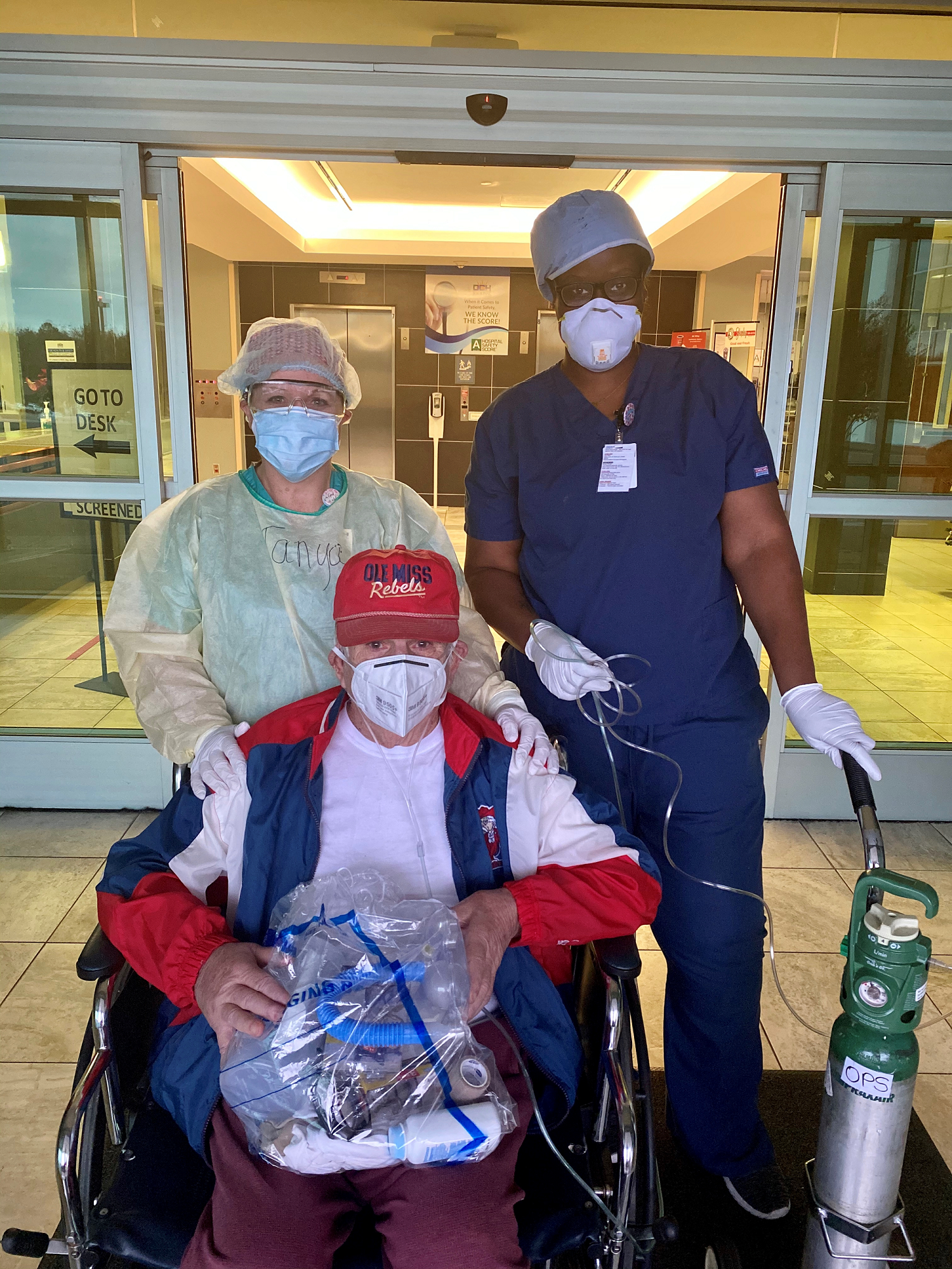
Ballard and Holloway understand what McGee means. They recalled one COVID patient in his 30s and very active and fit who declined quickly with his oxygen level dropping to 8%. He is one of their success stories and is home now and doing well.
“It’s people like that who are healthy who come in and get deathly sick, and then, you have people with pre-existing conditions like COPD (chronic obstructive pulmonary disease) who are fine. It just doesn’t make sense,” said Holloway.
They also learned in the beginning of the pandemic that the treatment for the new virus didn’t make sense – at least it wasn’t what they learned in school.
“When you intubate a patient, you have settings you go off of and these modes you use that you learn in school, but with COVID, that didn’t work,” explained Holloway. “The way we would normally do things didn’t work, so we did anything we could to get them to fly on the vent.”
“To see people who come in and know they’re dying and tell you that they know they’re dying, that was the hardest part. But, we still did everything possible to save their lives,” said Ballard.
Some COVID patients were transferred to OCH from as far away as Bainbridge, Georgia, and Olla, Louisiana. Many others were from right here in the Golden Triangle and all around the state including Corinth, Tupelo, Indianola, Rolling Fork and Meadville. During the COVID surges, House Manager Paula Hamilton, RN, fielded phone calls from hospitals in Georgia, Tennessee, Alabama and Louisiana trying to find beds for patients.
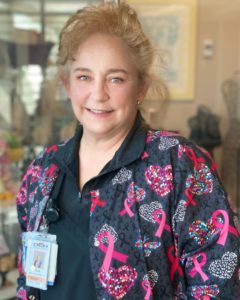 “One lady called from Georgia trying to find a hospital that could accept a patient transfer, and she was almost in tears. I told her we didn’t have a bed available, but I reassured her that we could find somebody,” said Hamilton. “Several times, people would say, ‘Thank you so much for being nice!’ and ‘Thank you for caring enough to help me find a bed for my patient.’”
“One lady called from Georgia trying to find a hospital that could accept a patient transfer, and she was almost in tears. I told her we didn’t have a bed available, but I reassured her that we could find somebody,” said Hamilton. “Several times, people would say, ‘Thank you so much for being nice!’ and ‘Thank you for caring enough to help me find a bed for my patient.’”
There are silver linings woven throughout each caregiver’s story - patient success stories and an increased respect for the healthcare profession.
“This is a good place to work, and you have people say ‘thank you,’ support you and tell you that you are doing a good job. That helps you to keep going,” said Ballard.
Still, they remember those patients who didn’t make it.
“For me, it really wasn’t in that moment. It was when I got home. You’re running off adrenaline, but it hits you later. I still think about them sometimes,” said Holloway.
Breaks over and Ballard and Holloway head back to the respiratory therapy department. They have patients to treat. They’re busy but not “COVID-busy.” After a year of responding to a pandemic, "busy” is a relative term.
